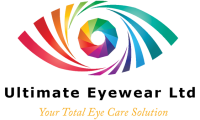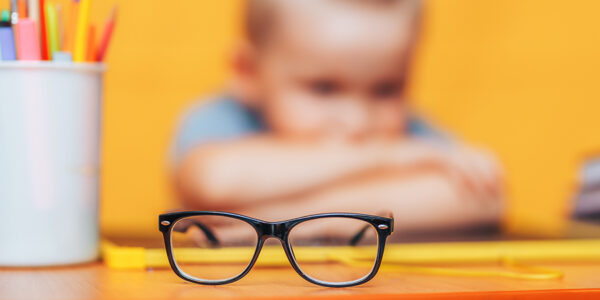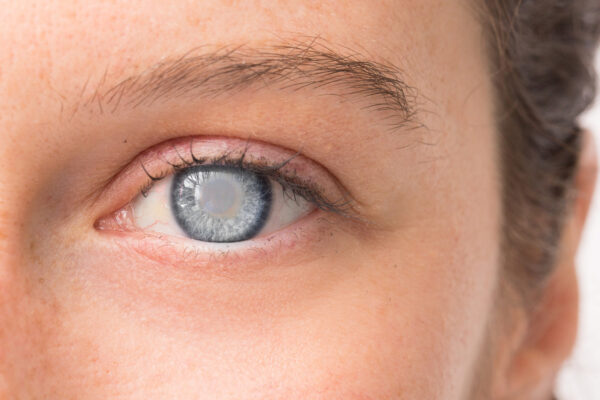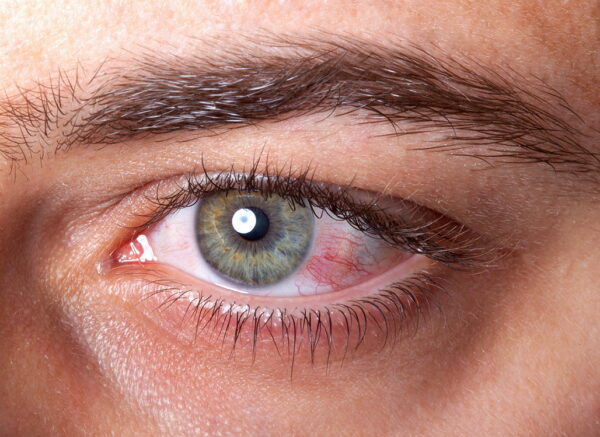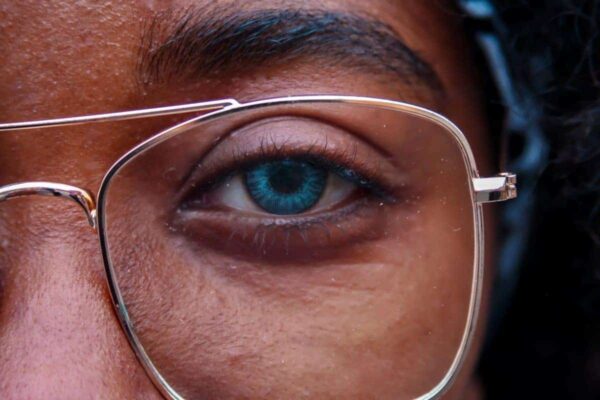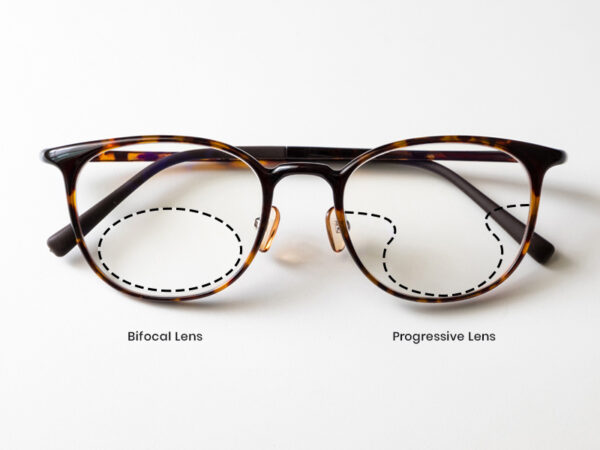
Have you ever looked at something far away and thought, “That looks really blurry,” but for some reason, it looked clearer the closer you got? You could have Myopia! Let’s chat a bit about it.
Myopia comes from the Greek word ‘Muops’ which means short-sighted. If you have Myopia, closer objects look clearer, but objects further away, like street signs or license plates, appear blurry. The common practice for myopic persons is to squint, allowing the eyes to see better at a distance. All this time you thought your squinting was ‘nothing’, but now you know it could be Myopia.
You’re probably thinking, “Why does this happen?”
Well, in Myopia, light enters the eye, but it doesn’t fall on the Retina. That’s at the back of the eye if you were wondering. The light falls short of the retina. That’s why Myopic persons are short-sighted.
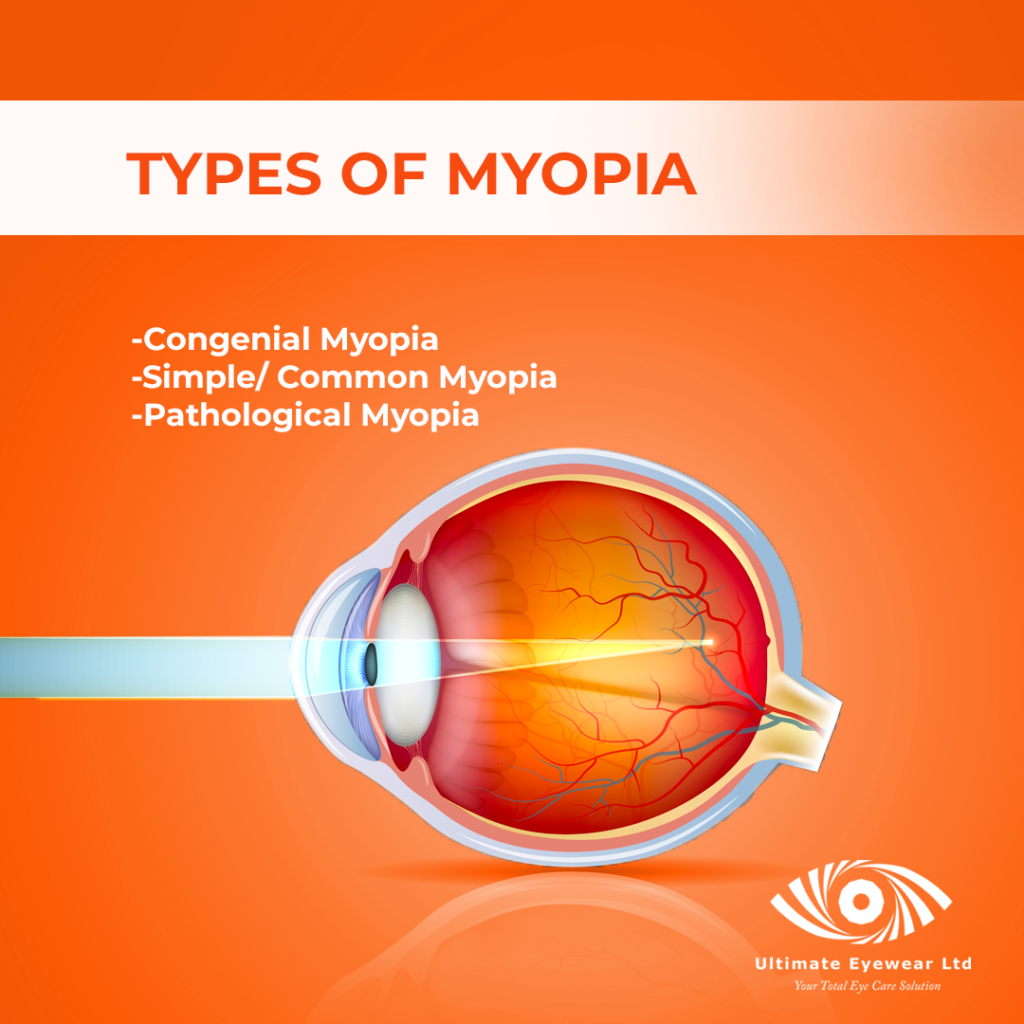
Types of Myopia
You’ve seen those cute babies wearing glasses, ever wondered why?
Babies can have Myopia too. Babies can have a type of Myopia known as Congenital Myopia, which occurs from birth and is prevalent in babies with various birth defects.
Let’s learn about some more types! Simple Myopia is the most common type. It usually starts from the age of 5 years and progresses until the age of 20. So, when your child says “Mom, Dad, I can’t see properly,” it’s worth getting it checked out.
Pathological Myopia is the last type we’ll be discussing. It’s hereditary and progressive and it’s due to degenerative changes that take place in the eye. If you have this type, you’ll experience major near-sightedness, amid vision loss.
Causes of Myopia
The most common cause of Myopia is the increase in the curvature of the cornea. This may also occur in the crystalline lens of the eye. Feel free to follow along with our short explainer video to see exactly where the lens and the cornea are! 😉
Another cause of Myopia is the increased axial length of the eye. This simply means, there is an increase in the distance between the front and back of the eye.
The 3rd cause is an increase in the refractive index of the lens of the eye. This essentially means there is an increase in focusing power. Remember, persons with Myopia can focus on closer objects but further objects appear blurry. This is why!
Lastly, trauma to the eyes, in general, can cause Myopia!
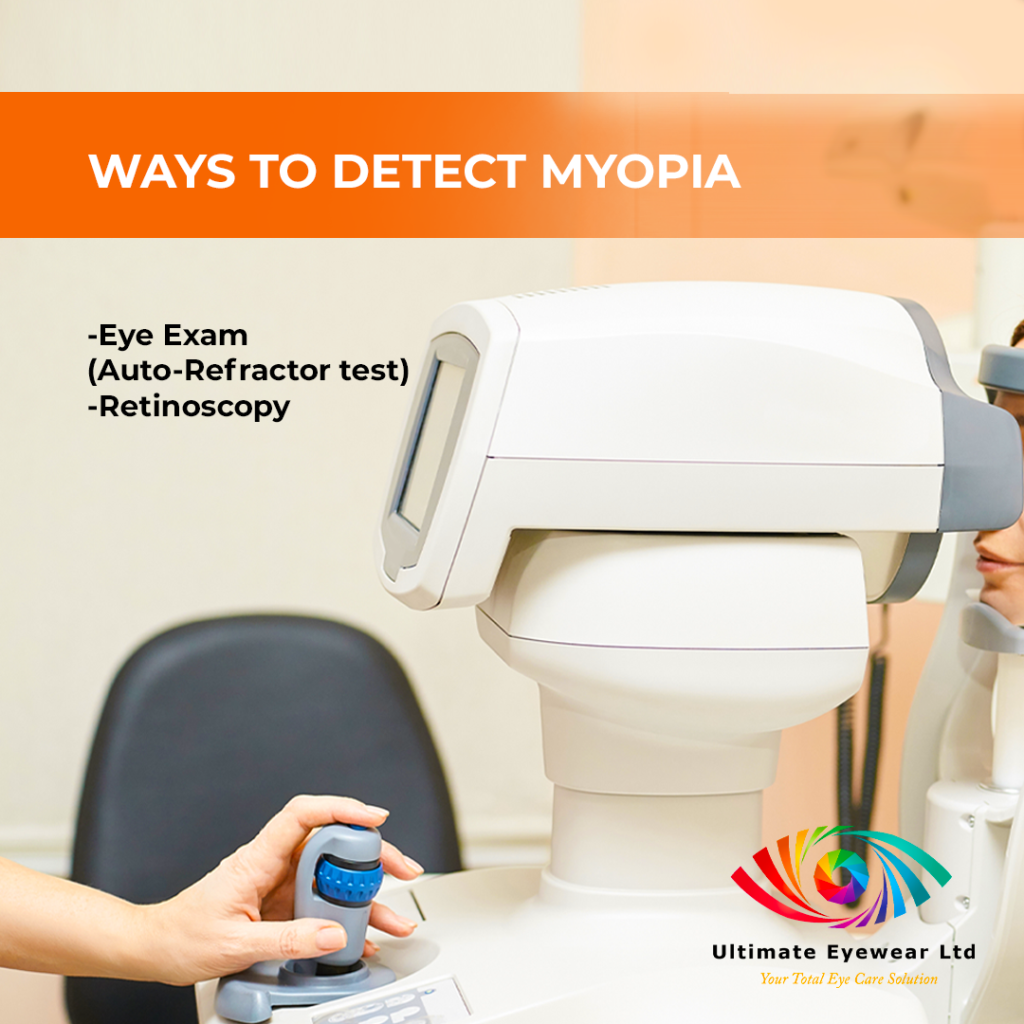
How to detect Myopia
Would you be able to tell if you have Myopia? You actually CAN tell!
There is an initial sign which is continually squinting to see objects further away. If you experience this, you know it’s time to get an eye exam to accurately diagnose the problem.
Let’s dive a bit into the process of detecting Myopia!
During the routine Eye Examination, a machine called an Auto-Refractor detects Myopia and will provide an estimate of your prescription. Your Optometrist will consider the results of the Auto-Refractor along with a process called Retinoscopy and other subjective tests.
All of this is important to determine if you have Myopia and the level of correction required. The strength of the optical lenses will compensate for your Myopia, which means you should have clear vision when you get your glasses. Definitely worth it!
It’s important to note that your optometrist will recommend follow up visits to keep track of your Myopia and your overall ocular health. These can be between 1-2 years depending on your age and the severity of Myopia.
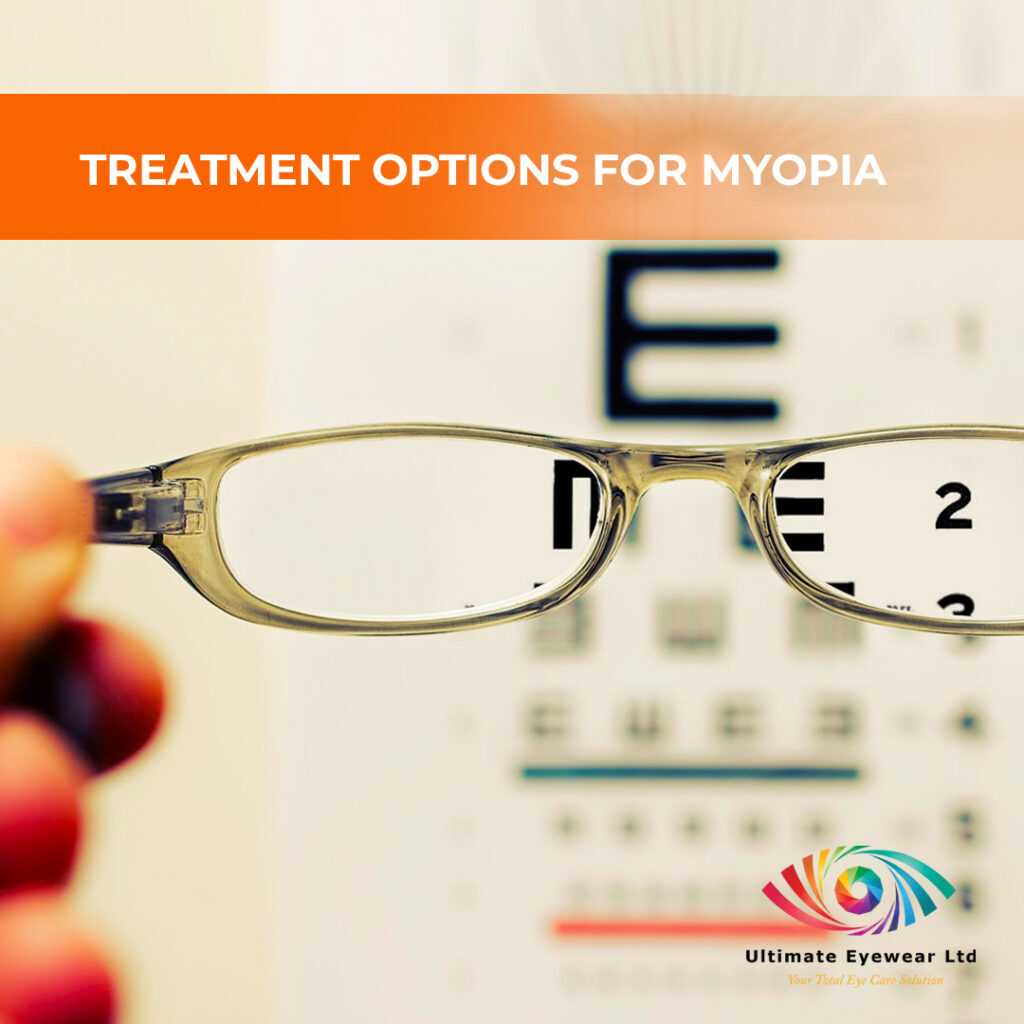
Treatment options for Myopia
The usual treatment option is eyeglasses. In this case, your eyeglasses will have special diverging lenses that bend light outwards before reaching your eyes.
With Myopia, light falls short of the Retina. Wearing the correct strength of eyeglasses ensures that light no longer falls short of the retina but is now focused exactly on your retina. Say goodbye to short-sightedness and ‘hello’ to clean, clear vision!
Contact lenses can also be used to treat Myopia.
Additionally, persons with severe Myopia may opt to have refractive surgery to decrease the curvature of the cornea and correct their Myopia once their prescription has shown to have stabilized.
Opening Hours
Monday – Friday : 8:00AM – 5:00PM
Saturdays: 9:00AM – 1:00PM
